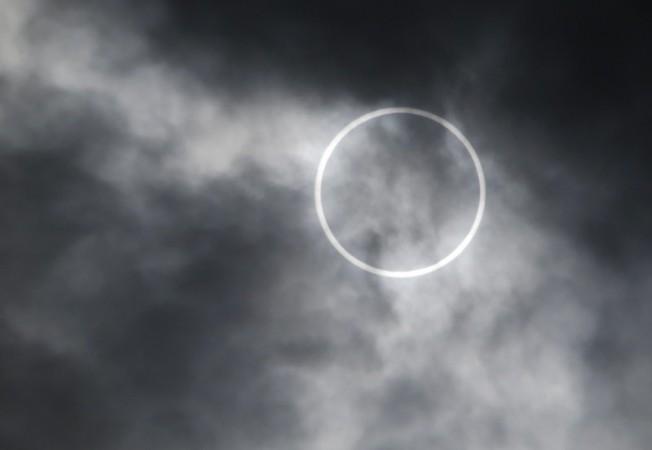
April will witness series of celestial events including two eclipse, meteor shower, Mars opposition and possible opportunity to see the two biggest space rocks - Vesta and Ceres - present in the the main asteroid belt between Mars and Jupiter, according to Space.com.
Skywatchers will be in for a visual treat this month following the series of celestial events.
Check out the Important Events of April Here:
Mars Opposition: This is the first event of the month when Mars will be in a straight line with Sun and Earth. Mars opposition occurs every 26 months and this year the event will take place on 8 April.
Mars Coming Close: A week after opposition, the Red Planet will come close to Earth. On 14 April, Mars will make its closest approach and will be just 92 million kilometers (57 million miles) away from Earth.
Total Lunar Eclipse: The lunar eclipse will take place on 15 April when the moon will pass through Earth's shadow and will be visible to observers in North and South America, Australia, New Zealand and other parts of the Pacific region. It will last for more than an hour starting from 3:07 am to 4:25 am EDT.
Solar Eclipse: This eclipse will take place at the end of the month on 29 April. Solar eclipse which is also called as "ring of fire" will be visible only for people who are based in Antarctica.
Skygazers in Southern Hemisphere might witness a partial solar eclipse.
"Skywatchers in Australia and southern Indonesia will see a partial solar eclipse," narrator Nancy Calo said, according to Space.com.
Lyrid Meteor Shower: The shooting stars or meteor shower will fall between the lunar and solar eclipse. Lyrid meteor shower happens every year in April. The Lyrid meteor shower will be at peak on 22 April and up to 20 bright stars can be seen in an hour on a clear sky.
Vesta and Ceres Viewing: The two biggest space rocks Vesta and Ceres will be visible during this month. Vesta which is 525 kilometer wide (326 miles) will reach opposition on 13 April and can be visible through naked eyes.
Ceres will not be as bright as Vesta and hence it will not be visible through naked eyes. One has to use binoculars to view the space rocks.

















